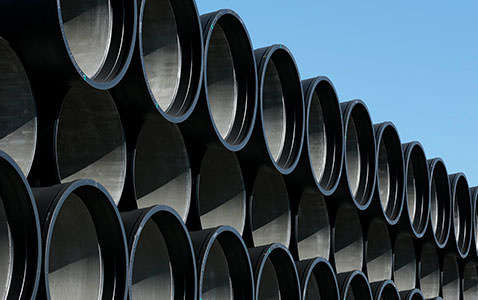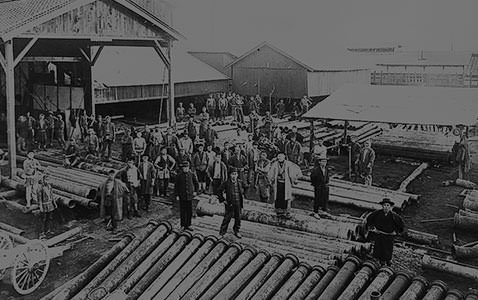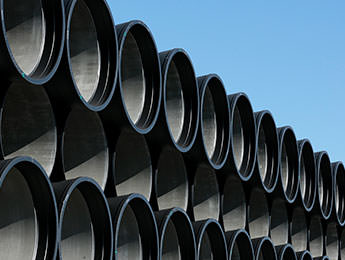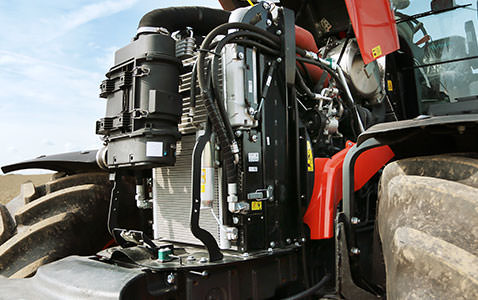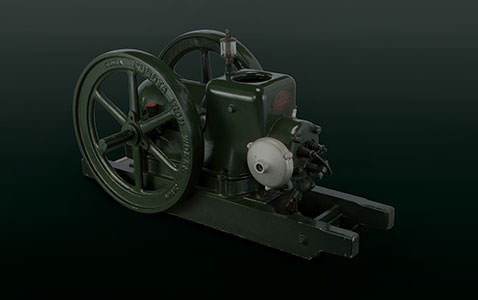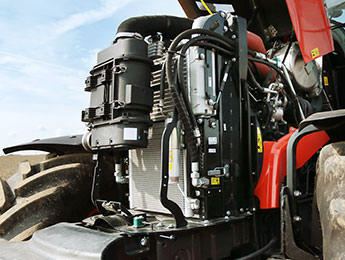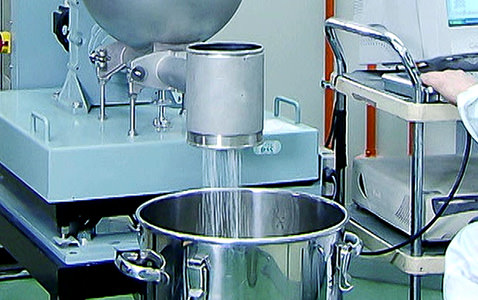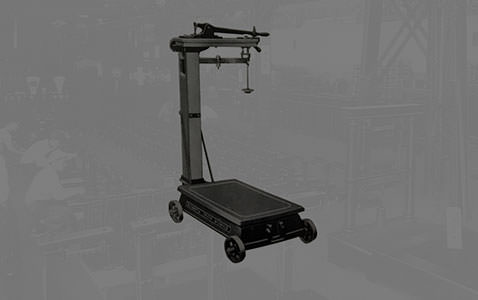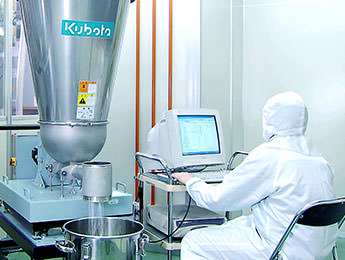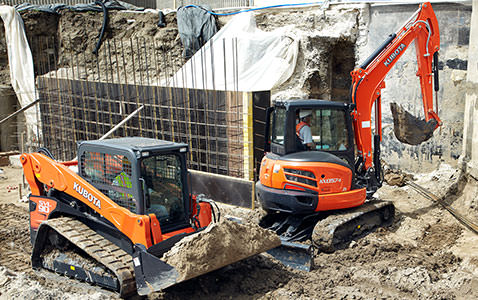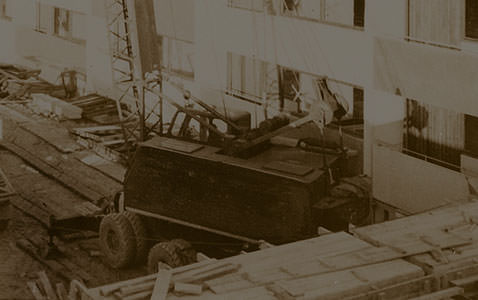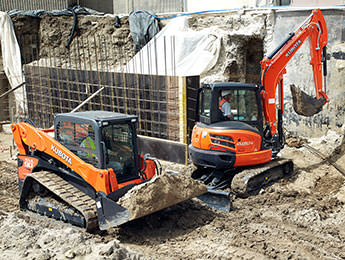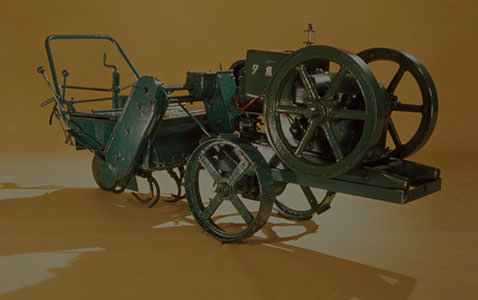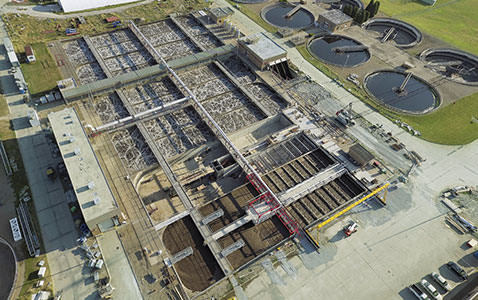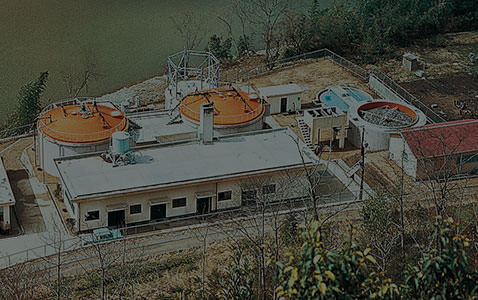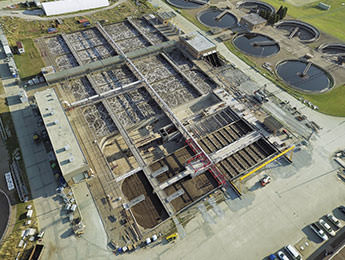Understanding the Materials, Polishing Its Skills, and Responding to User Needs—Kubota’s Passion Supports Industries Worldwide
Materials
Parts and components formed by processing raw materials with heat, pressure, etc. are called “sokeizai (materials).” These materials are essential to the products that surround us as well as indispensable to the manufacturing industry. Kubota studied raw materials, polished its skills, and provided what the customers genuinely sought for. Behind this was Kubota’s passion for contributing to the society. It can be said that the materials business is one of the businesses that embodies Kubota’s principles. With a thorough understanding of raw materials, Kubota’s forged materials continue to support industries around the world today.
Scroll Down
Improving the Urban Infrastructure
Construction Machinery
For the Future of Food and Humanity
Agricultural Machinery
1930-1950s
Expansion of Private Demand
In 1930s, the heavy and chemical industries, such as iron, automobile, aircraft, and machine industry, were booming. The casting industry, which supported the machine industry, became extremely busy with increased production of military supplies. However, once the war ended, the industry was forced to respond from military demand to private demand and was left to search for a path for survival.
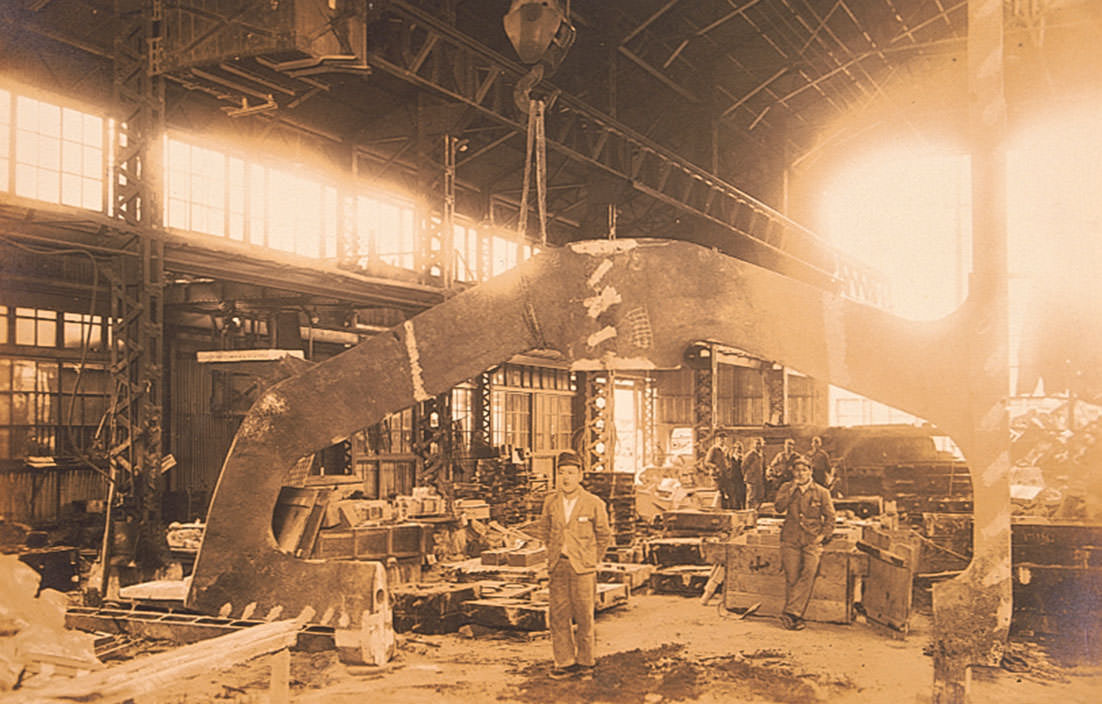
Steel Ingot Mold, Ductile Cast Iron Roll
Kubota’s Cast Steel Technology Found New Opportunities in Special Steel Casting
After much trial and error, Kubota expanded its market from cast iron to cast steel. In order to differentiate itself from other companies, it focused on special cast steel and developed the Japan’s first steel pipe through centrifugal casting.
1950-1960s
As Japan Entered the Period of Rapid Economic Growth, the Urban Infrastructure Developed
After much trial and error, Kubota expanded its market from cast iron to cast steel. In order to differentiate itself from other companies, it focused on special cast steel and developed the Japan’s first steel pipe through centrifugal casting.
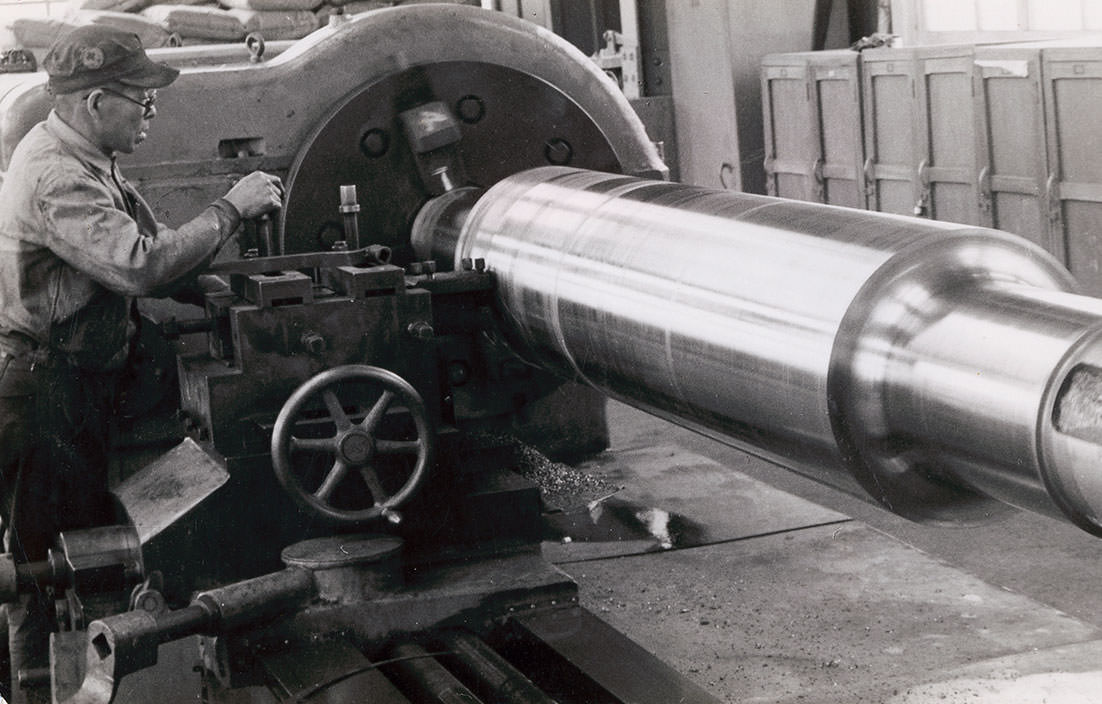
G Column for Building Structure, Centrifugal Cast Composite Roll, Spiral Iron Pipe
Further Developing Product Originality, Kubota Entered the New Field of Civil Engineering
Kubota, which owned the centrifugal casting technology for cast steel pipe, further promoted research pursuing product individuality. It entered new markets including casting materials for civil engineering construction.
1970s
Kubota’s Symbolic Cast Steel Product that Supported the Shipbuilding Boom
As the “Building a New Japan” boom started and the development of transportation network accelerated, public works projects also increased. Thus, the civil engineering industry began to thrive even more. Accordingly, the steel pipe pile industry also flourished. Construction works became larger in scale, and the demand for products also changed.
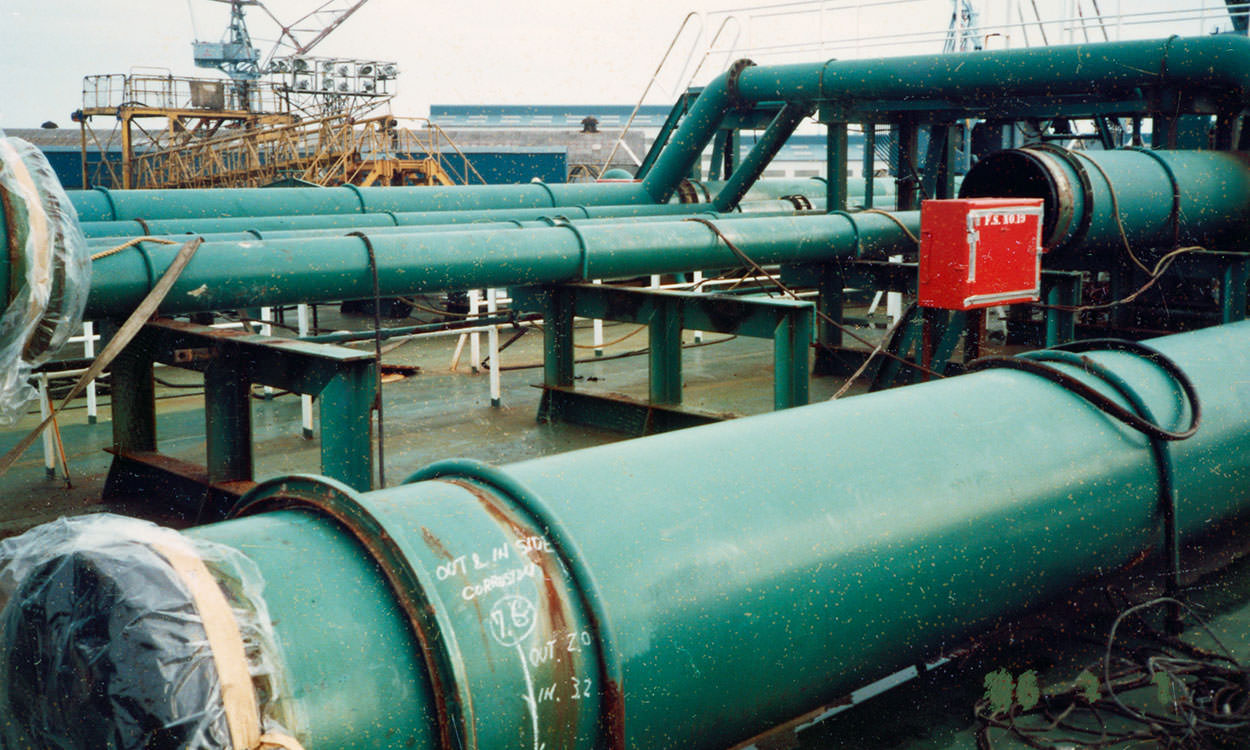
Spiral Steel Pipe Pile, Cargo Oil Pipe
Creation of Kubota’s Symbolic Cast Steel Product Through the Expansion of Its Steel Pipe Business
Kubota exerted a strong presence in the market with its highly unique special steel pipes. Along with the shipbuilding trend and “Building a New Japan” boom, the production of cargo oil pipes for oil tankers and steel pipe piles grew exponentially. These items joined the line of Kubota’s representative cast steel products.
1970-1980s
The Oil Crises Brought on Changes to the Industrial Structure and Innovation
In 1973, oil prices exponentially rose as a result of the oil crisis, and the world was at once plunged into recession. As one way to overcome this crisis, countries promoted energy and resource efficiency. However, this brought on a change to the industrial structure and encouraged the development of new technologies and products.
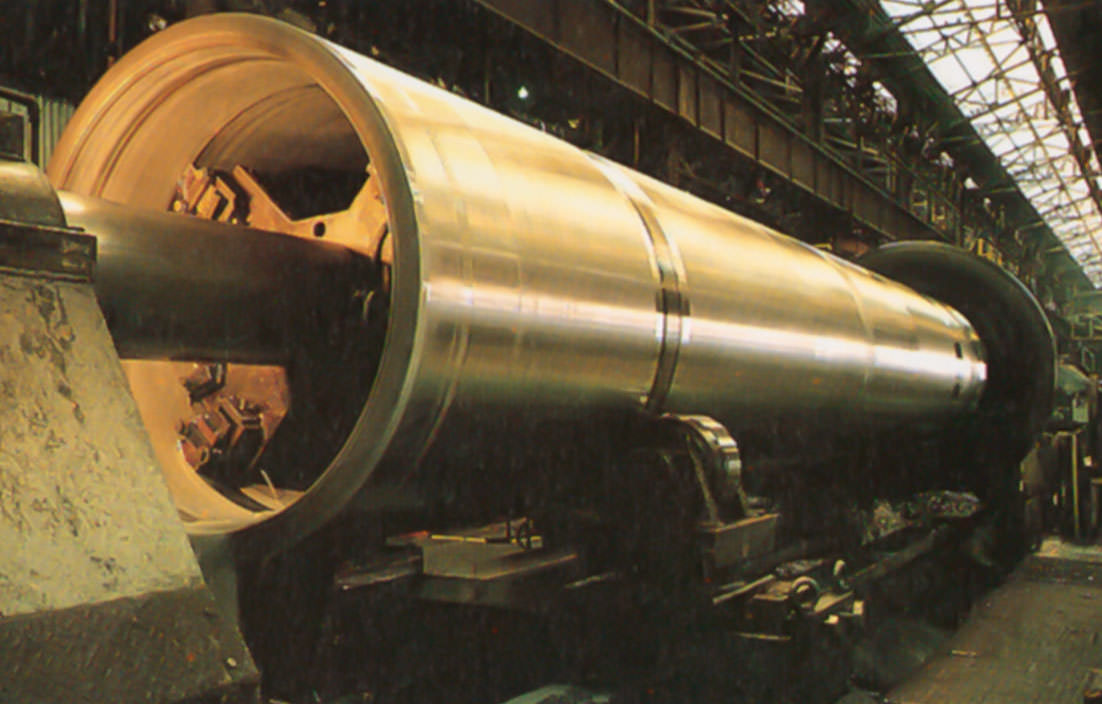
Cylinder Liner, Hearth Roll, Suction Roll, Reformer & Cracking Tube, Cast Iron Parts for Nuclear Power Generation
Restructuring the Business After the Oil Crisis
The casting and cast steel businesses suffered a major blow as a result of the oil crisis in Japan. Looking for new directions in order to survive, opportunities rose for regularly creating new technologies and products.
1980-2000s
The Bubble Economy and the Diversification of Customer Needs
Due to the rise and fall of the bubble economy triggered by the depreciation in Japanese yen, the country entered a period of long economic stagnation. While domestic demand faltered, the diversification of customer needs further accelerated. In order to respond to this diversification and differentiate its products, industries focused on developing new products and materials.
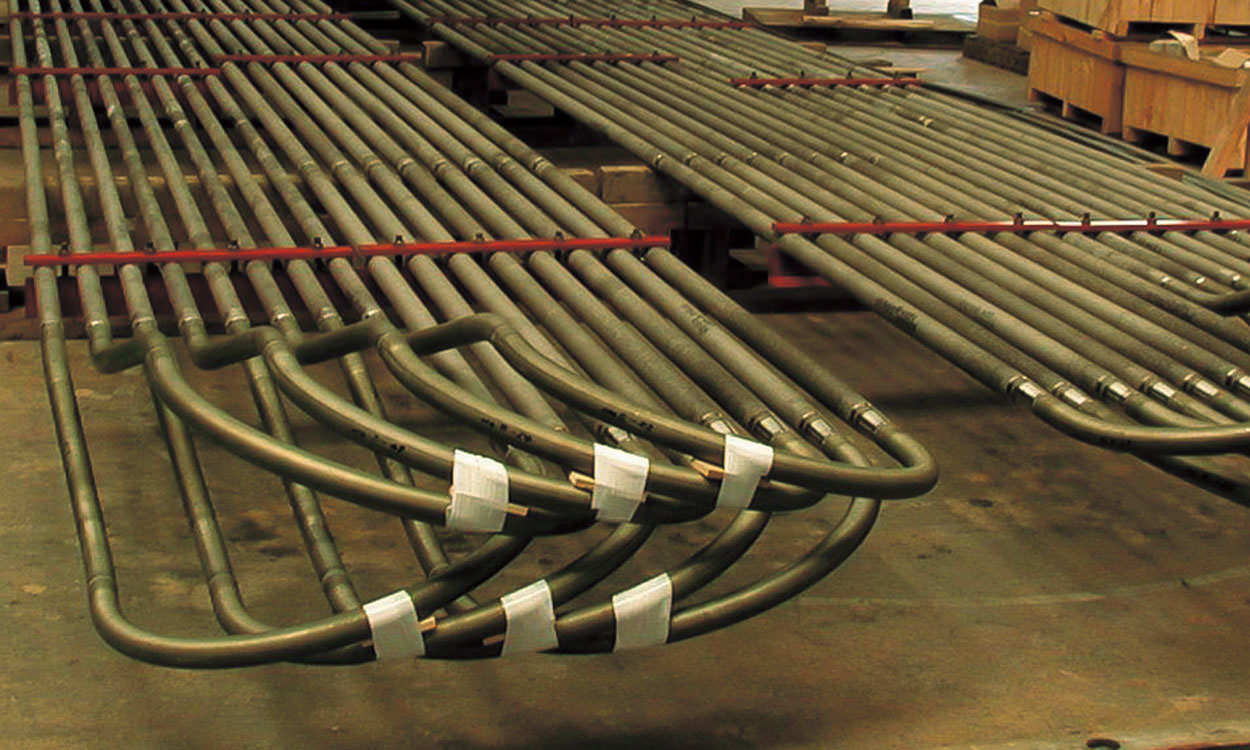
Reformer & Cracking Tube, Skid Button, Composite Ring Roll
The Birth of the Materials Business. Kubota Expanded its Domain with New Materials and New Technologies
Responding to diversifying customer needs with the concept of “forged materials,” Kubota newly established the Material Consolidated Division and devoted itself to developing new material qualities and technologies. As a result of this endeavor, it created numerous products that represent Kubota’s material business today.
2000s-
The Acceleration of Economic Globalization and Diversification of Needs
In recent years, economic globalization has progressed at an unprecedented pace, and emerging countries such as China, Russia, India, and Brazil have developed economically. Meanwhile, with a weak economy, Japanese businesses have stagnated altogether, and industries rapidly pursued rationalization, as customer needs further diversified.

Reformer & Cracking Tube, TXAX, Laqnican Joint
The Globalization of Kubota’s Business and the Increasing Segmentation of Customer Needs
Along with economic globalization, Kubota reinforced its business foundation for public sector demand and promoted overseas growth strategies. It responded to the needs both in and outside Japan with reliable technology.
